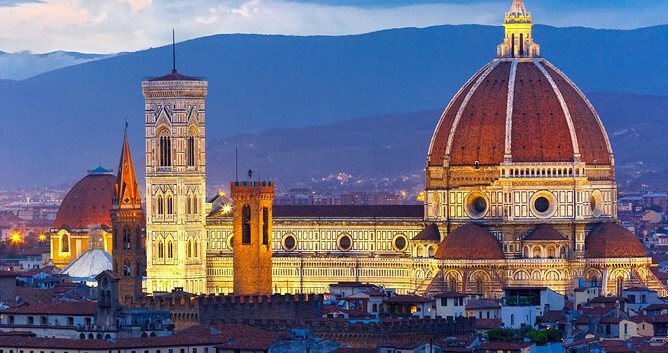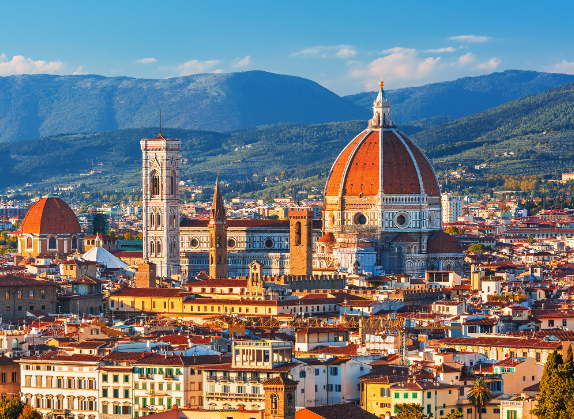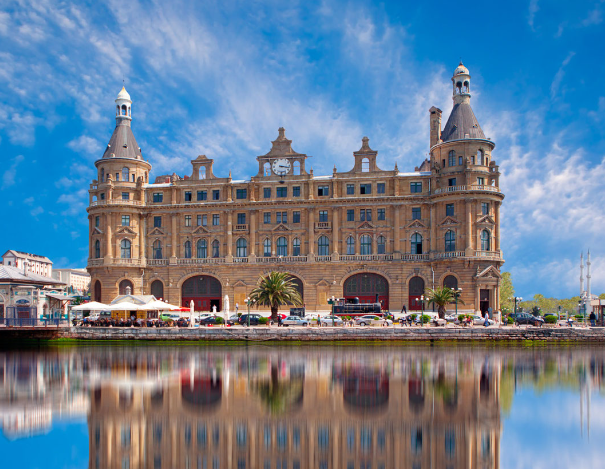Category: Local Attractions
-
Best Neighborhoods to Stay in Italy
Italy is a popular tourist destination with a rich history, beautiful architecture, delicious cuisine, and vibrant culture. One of the most important decisions when planning a trip to Italy is where to stay. In this article, we’ll explore the best neighborhoods to stay in Italy. Centro Storico, Rome Centro Storico, or the…
-

The Best of Tuscany: Must-Visit Local Attractions and Experiences
Tuscany is a beautiful region located in central Italy, known for its rolling hills, vineyards, and rich history. It is a popular destination for tourists, offering a wide range of local attractions and experiences. In this article, we will explore some of the best local attractions and experiences that Tuscany has to offer. Florence:…
-

Top Attractions To See in Florence ,Italy .
Are you planning to go on a vacation to Florence? If so then you’ve picked an amazing destination! Overflowing with Renaissance art and architecture, Florence is a hot spot for artistic exploration and historical discovery. With so much to see in the birthplace of the Italian Renaissance, where do you even start? Founded…
-

Europe’s Most Beautiful Railway Stations.
What is Europe’s most beautiful railway station? Which European city has the most stunning railway stations? Why did they choose these particular locations? Today, rail travel remains an important means of transport around the globe. For example, in 2016, almost 4 million travellers chose to take the train to get from Paris to Venice. In…